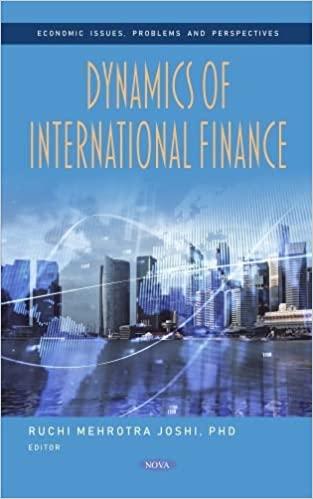Question
Consider a hedge fund with initial assets under management (AUM) of $1 billion; the fund will operate for a year. The manager is paid by
Consider a hedge fund with initial assets under management (AUM) of $1 billion; the fund will operate for a year. The manager is paid by a standard 2+20 hedge fund contract. That is, at the end of the year, he collects management fees of 2% of AUM (as of the start of the year), and if the funds return is above 0% (the hurdle rate), he collects 20% of that in performance fees. For instance, suppose the funds return turns out to be 5%, which amounts to profits of $1 billion 5% = $50 million in dollar terms. The manager then collects $50 million20% = $10 million in performance fees, in addition to the $1 billion 2% = $20 million management fees. If the funds return is below 0%, then the manager only collects management fees.
Question:
Let us now consider the risk-taking incentives of the fund manager. Suppose the manager chooses between these two strategies:
Strategy 1 yields a sure return of 5% (no risk).
Strategy 2 yields a +20% return half of the time and a -20% return the other half of the time. Thus, it is a strategy with zero expected returns and much higher risk.
Now suppose the manager is only compensated with management fees but not performance fees. In other words, the contract is similar to that used in mutual funds. Further assume that, if the manager receives the same amount of expected payoff from two strategies, he prefers the one with lower risk. Which strategy would he choose?
Step by Step Solution
There are 3 Steps involved in it
Step: 1

Get Instant Access to Expert-Tailored Solutions
See step-by-step solutions with expert insights and AI powered tools for academic success
Step: 2

Step: 3

Ace Your Homework with AI
Get the answers you need in no time with our AI-driven, step-by-step assistance
Get Started


